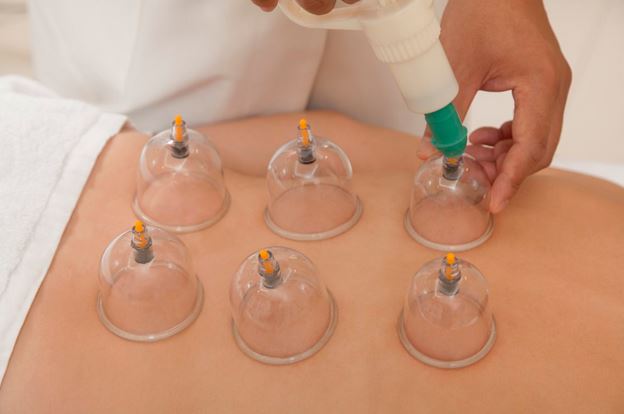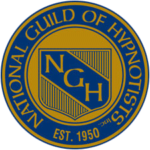An Updated Review of the Efficacy of Cupping Therapy
Abstract
Background
Since 1950, traditional Chinese medicine (TCM) cupping therapy has been applied as a formal modality in hospitals throughout China and elsewhere in the world. Based on a previous systematic literature review of clinical studies on cupping therapy, this study presents a thorough review of randomized controlled trials (RCTs) to evaluate the therapeutic effect of cupping therapy.
Method
Six databases were searched for articles published through 2010. RCTs on cupping therapy for various diseases were included. Studies on cupping therapy combined with other TCM treatments versus non-TCM therapies were excluded.
Results
135 RCTs published from 1992 through 2010 were identified. The studies were generally of low methodological quality. Diseases for which cupping therapy was commonly applied were herpes zoster, facial paralysis (Bell palsy), cough and dyspnea, acne, lumbar disc herniation, and cervical spondylosis. Wet cupping was used in most trials, followed by retained cupping, moving cupping, and flash cupping. Meta-analysis showed cupping therapy combined with other TCM treatments was significantly superior to other treatments alone in increasing the number of cured patients with herpes zoster, facial paralysis, acne, and cervical spondylosis. No serious adverse effects were reported in the trials.
Conclusions
Numerous RCTs on cupping therapy have been conducted and published during the past decades. This review showed that cupping has potential effect in the treatment of herpes zoster and other specific conditions. However, further rigorously designed trials on its use for other conditions are warranted.
Introduction
Cupping is a traditional Chinese medicine (TCM) therapy dating back at least 2,000 years. Types of cupping include retained cupping, flash cupping, moving cupping, wet cupping, medicinal cupping, and needling cupping [1]. The actual cup can be made of materials such as bamboo, glass, or earthenware. The mechanism of cupping therapy is not clear, but some researchers suggest that placement of cups on selected acupoints on the skin produces hyperemia or hemostasis, which results in a therapeutic effect [2].
In our previous study, we conducted a systematic literature review based on available clinical studies published from 1958 through 2008 [3]. We concluded that the majority of the 550 included studies showed that cupping is of potential benefit for pain conditions, herpes zoster, and cough and dyspnea. Five other systematic reviews [4]–[8] on cupping therapy have also been published, focusing on pain conditions, stroke rehabilitation, hypertension, and herpes zoster, respectively. The numbers of included trials in these reviews were quite small (between 1and 8 trials). Lee et al. [9] conducted an overview of these five reviews and concluded that cupping is only effective as a treatment for pain, and even for this indication doubts remain. Extensive search did not find further related reviews.
Though the quality of included randomized controlled trials (RCTs) in the aforementioned reviews was generally poor according to the Cochrane risk of bias tool, we felt that it was still worth conducting an overview systematic review to further evaluate the therapeutic effect of cupping therapy for specific disease/conditions due to the paucity of evidence in this subject.
Source: https://www.ncbi.nlm.nih.gov/pmc/articles/PMC3289625/








